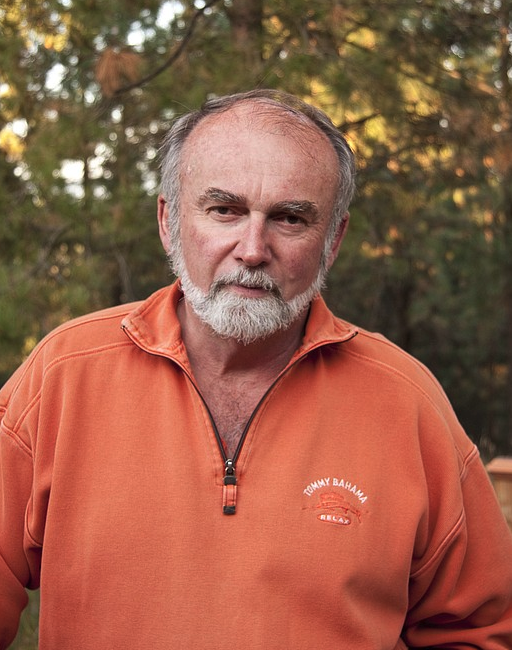Other views: Gray ghosts in the Blue Mountains
Published 6:00 am Wednesday, March 1, 2023

- {photoSource}East Oregonian{/photoSource}
Eastern Oregon’s rich history is well-chronicled by pioneers who made the torturous journey across the Blues before Oregon was granted statehood in 1859.
The mountains and meadows they describe are a far cry from the miles and miles of dead timber I saw in the fall of 1991. Green trees turned gray by spruce budworms, root rot diseases and wildfire.
“Gray Ghosts in the Blue Mountains” was the title of the cover story in the January 1992 edition Evergreen Magazine. I wrote it.
Boyd Wickman, a Forest Service entomologist in La Grande, explained the carnage to me.
“There are four primary reasons why we have about 6 million acres of dead and dying forest in the Blues today,” Wickman said. “Drought, bug infestations, turn-of-the-century logging practices and our fire suppression policy.”
All true in 1991 — and far worse today thanks to decades of serial litigation that put a stop to most Forest Service efforts to thin the Blues so that prescribed fire could be safely returned to forests that continue to die.
The Forest Service’s current legal woes are rooted in the Eastside Screens, temporary rules established in 1994 that limited timber harvesting on some 8 million acres in Eastern Oregon and Washington.
The rule stipulated that no tree larger than 21 inches in diameter could be removed. The goal, as with the Clinton-era Northwest Forest Plan, was to protect publicly revered old growth from logging.
All well and good, except the road to hell is always paved with good intentions. In this case, an invasion of white fir that began in the aftermath of early-day logging in the Blues. Wickman described millions of ponderosa pine acres that were taken over by white, grand and Douglas-fir.
“Without periodic light ground fires these shade tolerant species grew quickly beneath the remaining ponderosa pine stands,” he explained. “But these species are very vulnerable to insects and diseases that eventually fuel wildfires.”
The result? Millions of acres of dead and dying fir and a jarring increase in the size, frequency and intensity of wildfires. Nothing like what pioneers described in the Blues in the 1850s. No groves of old growth ponderosa, no grassy meadows graced by wildflowers.
The ecosystems I saw in 1991 were falling apart — and still are.
What to do? In the waning days of the Trump administration — with applied science light years ahead of where it was in the 1950s — the Forest Service decided to relax the temporary Eastside Screens to allow for the removal of fir trees (not ponderosa) larger than 21 inches in diameter.
The goal? To remove some fir and replace it with ponderosa, a slower-growing species that resists fire, insects and diseases.
Six anti-forestry groups are suing. Apparently, there isn’t enough wilderness (720,000 acres) or old growth (200,000 acres) in the Blues. Lots of chatter about carbon sequestration, but no mention of the fact that the rate of sequestration slows to a standstill in old trees or that wildfires annually release millions of tons of carcinogenic carbon into the air we breathe.
Here’s a better idea. Let’s stop whistling past this graveyard and let the Forest Service do its job.
Do you have a point you’d like to make or an issue you feel strongly about? Submit a letter to the editor or a guest column.









